Blog
Album Of The Day: Welcome To The Bloodline by Elle Limebear

Released brand new today, this is the second pop album from English artist Elle Limebear. This album is mostly chill pop with a bit of a dance influence, though it's never an intense club track. I love her lyrics here about personal insecurities and struggles with songs like "Vulnerable" and "Bye Fear". Then there are other songs that are more spiritual in nature, like "What A Friend" and "Simple Song". This album definitely points heavily to Jesus and Elle's passion and heart shines through the music. I've been looking forward to a new album from Elle Limebear, and this is definitely meeting my expectations.
Release Year: 2025
Listen on Apple Music
Listen on Spotify
Album Of The Day: The Eleventh Hour by Jars Of Clay
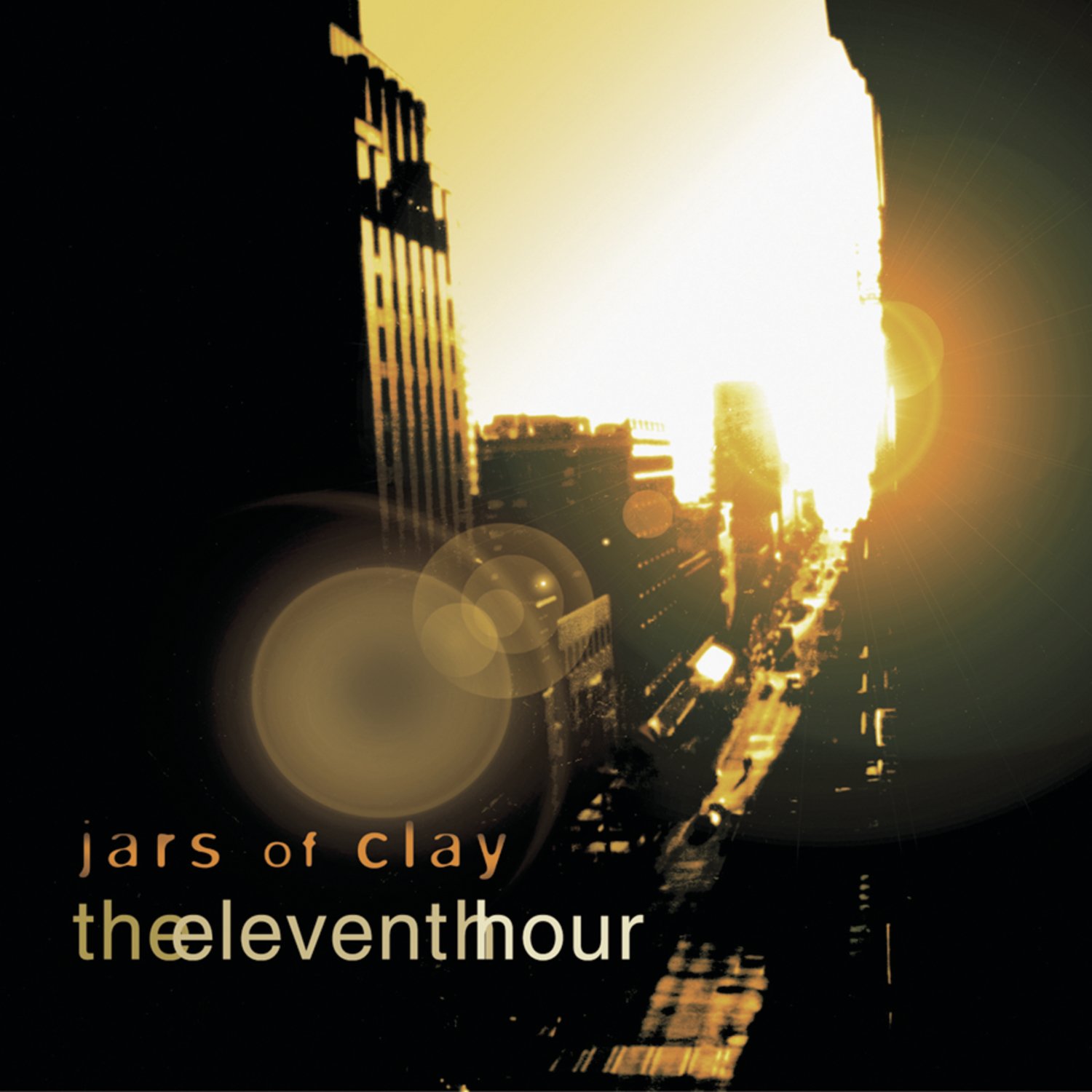
Released on this day 23 years ago, this is the fourth studio album from rock/pop/Americana band Jars of Clay. It's not my favorite of their albums, but they also don't have a bad album either. The band stays squarely in the pop/rock territory on this album, with songs like "I Need You" and "Something Beautiful" being more pop and songs like "Disappear" and "Revolution" being more rock. In the song's lyrics, they definitely have lots of spiritual imagery, but also focus on relationships among people and getting to know, understand and love each other. It's a great album to listen through and showcases the band's excellent musicianship.
Release Year: 2002
Listen on Apple Music
Listen on Spotify
Album Of The Day: Borderland by John Mark McMillan

Released on this day 11 years ago, this is the fourth studio album by John Mark McMillan and one of my favorite albums of the 2010s. To me, this album rocks, but maybe it's more of a soft rock. There's no walls of guitars here, but there is pounding drums that sound amazing. Piano, strings, guitars and more mix with the drums, bass and John Mark's vocals, sometimes a deep baritone and sometimes a soaring falsetto. John Mark McMillan is mostly known in Christian music circles, though most of his music is not meant for singing at church services. Lyrically, there's lots of spiritual language, but the songs are exploring spiritual concepts and the nature of life, not just putting scriptures to music. I really love every song and the whole vibe of this album, and it continues to be an album I listen to often. I was really excited to help the making of this album by supporting his crowd-funding campaign as it was being made and I couldn't be happier with the result!
Release Year: 2014
Listen on Apple Music
Listen on Spotify
Album Of The Day: Army Of Bones by Army Of Bones
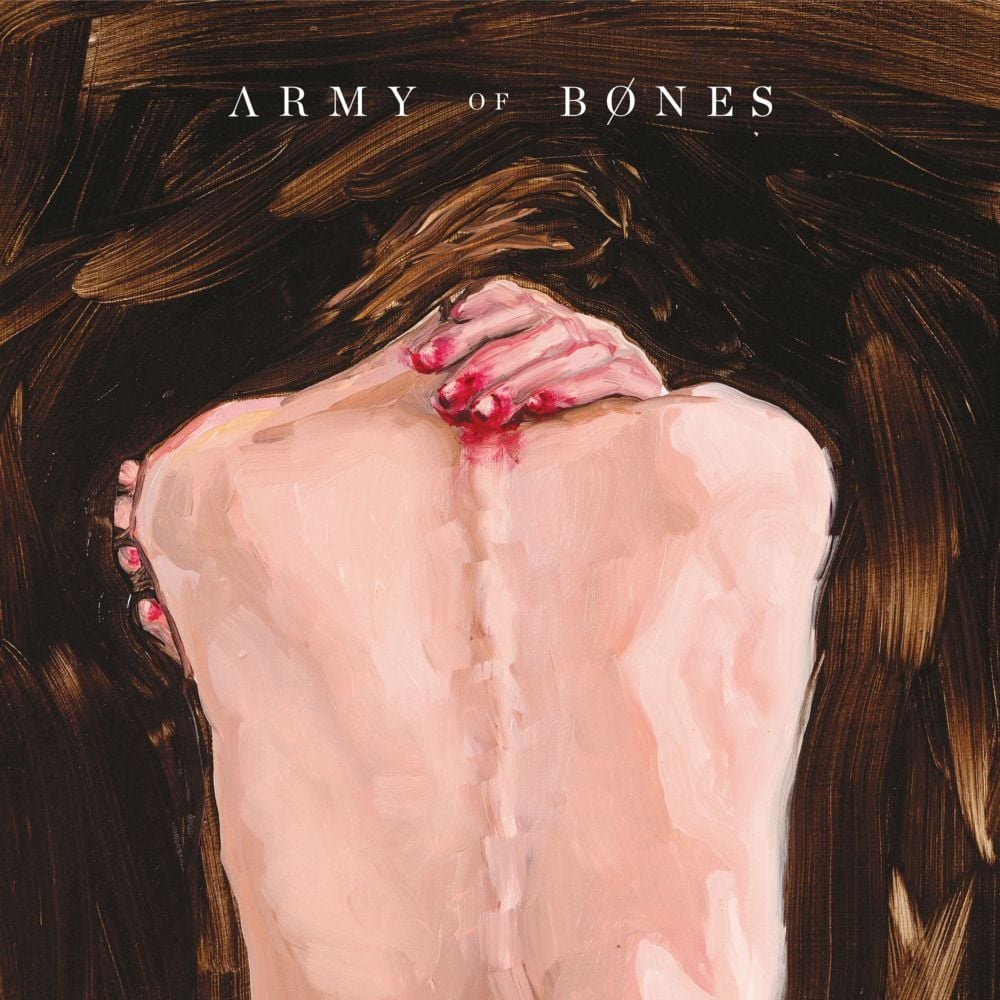
Released on this day 8 years ago, Army Of Bones is the first and only album so far from this English rock group. In 2009, the rock/worship band delirious? played their last gig, and front man Martin Smith of course continued to write music, though with other individuals and groups. With a new group of musicians, Martin and company recorded this album and rocked a few clubs in the UK on limited dates in the late 2010s while Smith also released solo pop/worship albums. This is a quality rock album, with soaring guitars and the occasional keys, an ever-present bass end, and excellent drums, plus Martin's vocals in the mix, sometimes a whisper, and sometimes a yell. Lyrically, it's a lot of love songs, probably most written to God, though in some cases you might not be able to tell if it's that or to a lover. The first two songs that were released before the album came out were "Batteries" and "River", and I think they're the most rockin' part of the album. And I'm a sucker for a six-minute, epic closing track like "The Day The Fire Went Out". I hope this isn't the only Army Of Bones album that we get, but I don't hear much in the rumor mill about another one.
Release Year: 2017
Listen on Apple Music
Listen on Spotify
Album Of The Day: Men And Angels Say by Ashley Cleveland
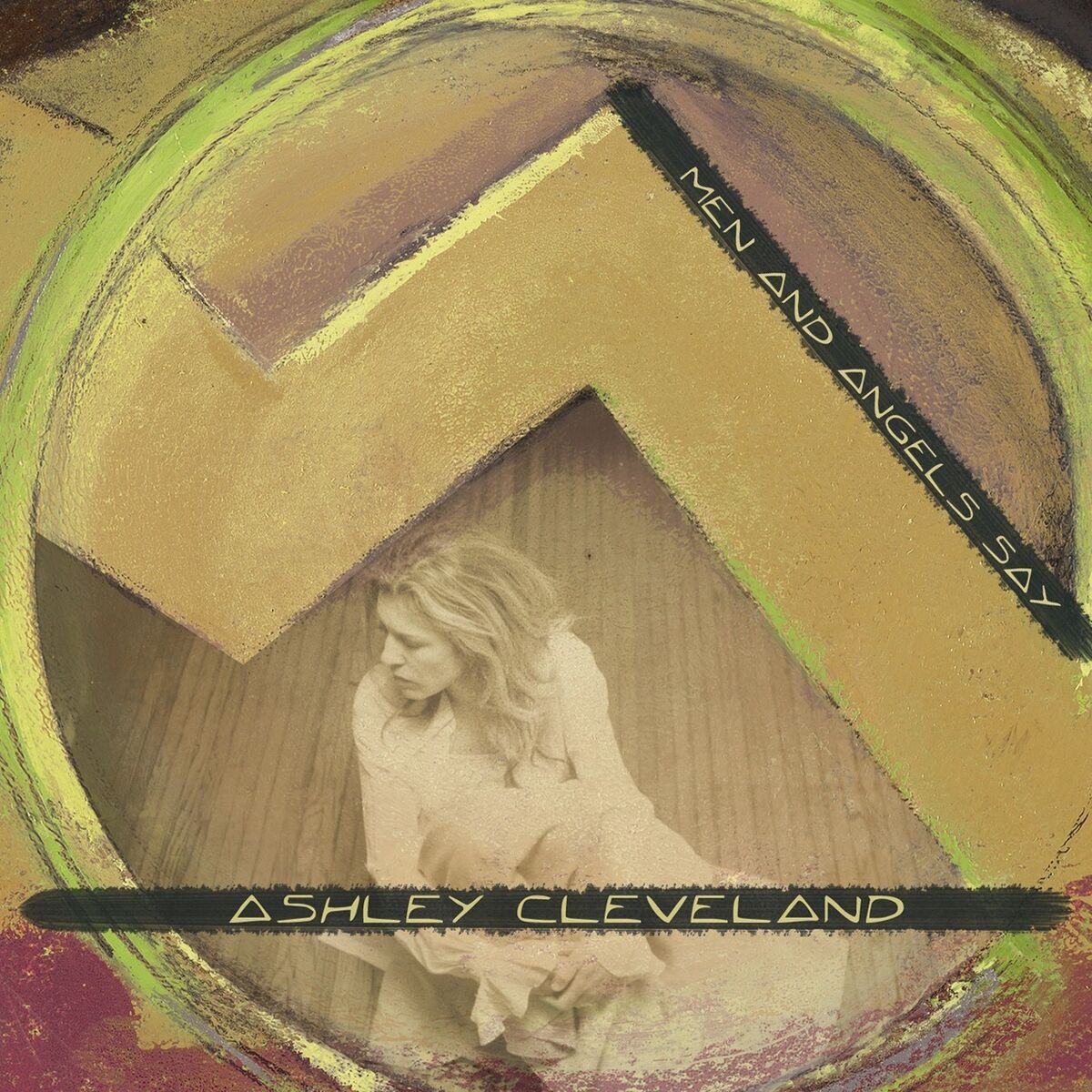
Released 20 years ago last month, one of my favorite vocalists of all time released this album of all hymns. It's hymns that most Americans are familiar with, but done in a beautiful Gospel rock style. I like her original songs a bit more than this, but it's fun to hear her amazing vocals shine on these hymns. Her husband Kenny Greenberg also does great work on guitar and as co-producer plus Steve Winwood joins Ashley on "I Need Thee Every Hour". A few of Ashley Cleveland's albums have had a hymn or Gospel song on them, and it is a treat to hear her sing more of the great hymns.
Release Year: 2005
Listen on Spotify
Album Of The Day: The Dark Side Of The Moon by Pink Floyd
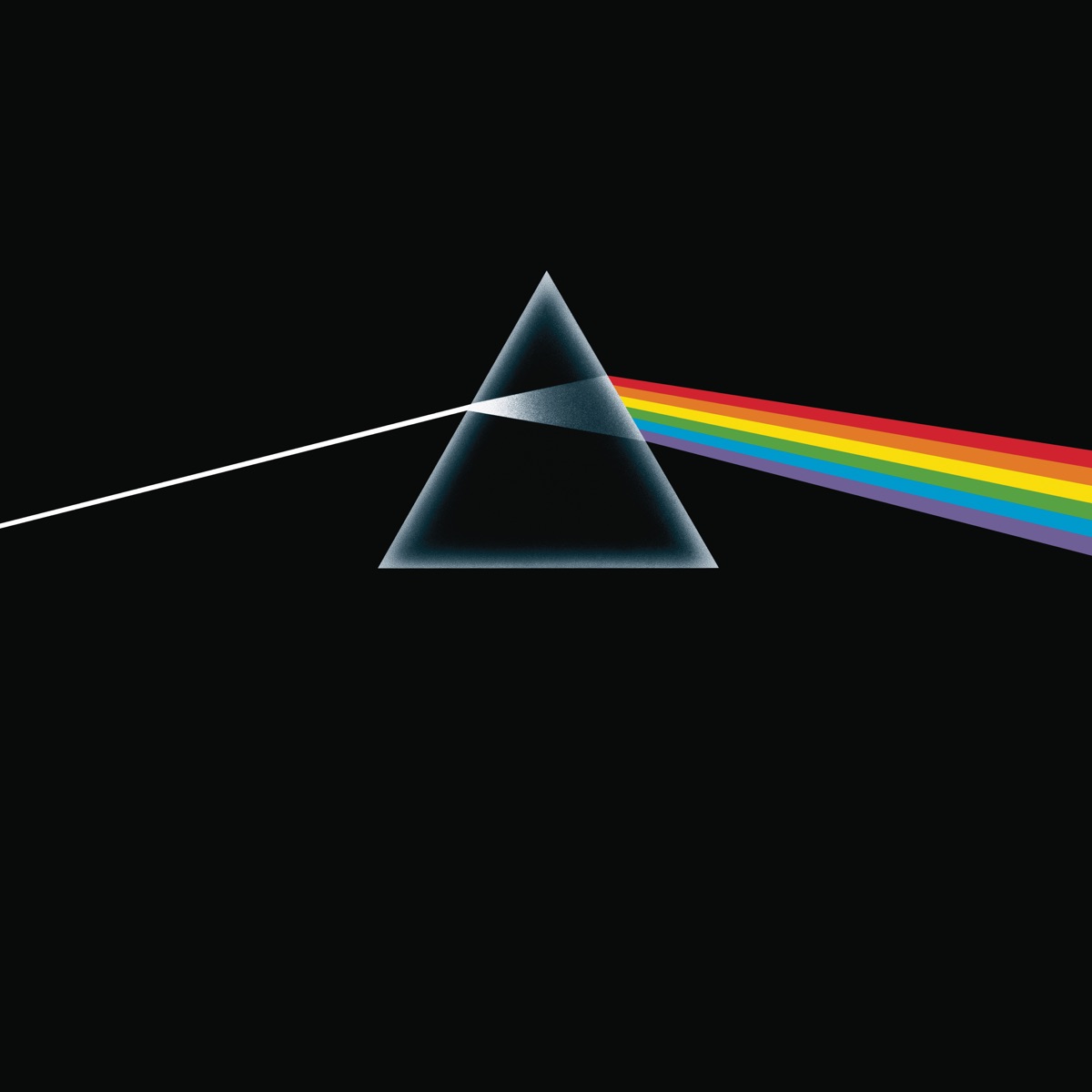
I'll admit, I've not listened to all the classics in modern music. About 20 years ago, I think I first heard a reggae cover of this album called Dub Side Of The Moon with a friend before I heard this album. But I found the cover album so interesting, I had to hear the original, so I bought a CD of Pink Floyd's album shortly thereafter. Released on this day 52 years ago, this is one of the most well-known albums from a legendary English rock band, Pink Floyd. Many of the songs such as "Time" and "Money" talk about universal themes and sound like pretty standard rock music. Other tracks, like the opening parts of "Speak To Me/Breathe" and "On The Run", are more experimental, more instrumental and using synthesizers and other things not-so-standard for rock bands to use. The band even performed the whole album on tour before the album came out. This album is definitely a part of rock music history, and is designed to be listened to the whole way through as the songs work really well together.
Release Year: 1973
Listen on Apple Music
Listen on Spotify
Album Of The Day: Lay It Down by Jennifer Knapp
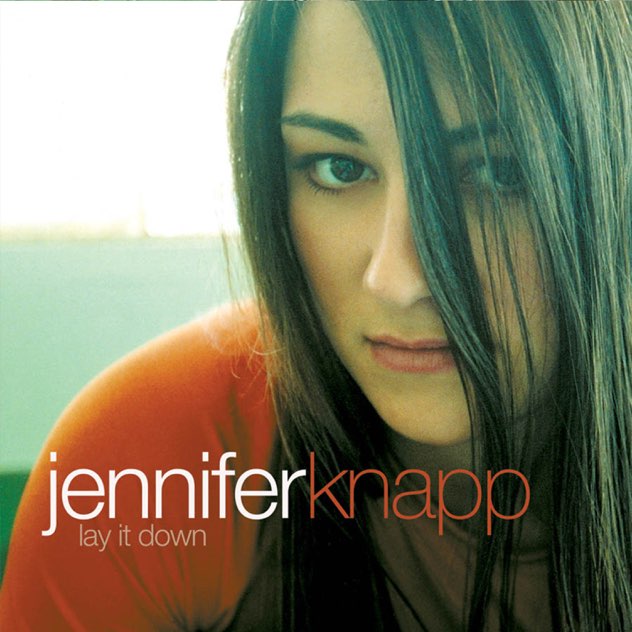
Released on leap day 25 years ago, this is Jennifer Knapp's second album, and a worthy successor to her label debut. It's a short but sweet album, with the 9 originals and a Shawn Colvin cover running only 36 minutes in total. Jennifer Knapp's lyrics speak of God's love and redemption along with life's daily challenges. Though this album shows her country influences, the album brings the rock 'n' roll even more than her first album, and that's what I love. And I'm just now reading in the credits that Chris Thile of Nickel Creek plays the banjo on a few tracks—that's why it sounds so good! This album has been a regular listen for all of the last 25 years.
Release Year: 2000
Listen on Apple Music
Listen on Spotify
Album Of The Day: Hold Still by Taylor Leonhardt

When this was released, it ended up near the top of best album lists of the year of a number of Christian music fans, including mine (if I made a list). Taylor Leonhardt sometimes writes hymns and worship songs, but that's not what she's doing as a solo artist here. She's instead being a singer-songwriter, writing honest and introspective songs on her struggles with relationships with friends and family, understanding the nature of God, and more. It's a lot of ideas that many of us can identify with, though maybe it's a bit too honest for some listeners who want to hear only encouraging, positive music that glosses over life's hardships. The music is beautifully recorded with a full band pop/rock and maybe a bit country sound. Taylor's lyrics and heartfelt vocals are the focus, though, and this album is deserving of all the praise it got. I was happy to support this artist's Kickstarter campaign to make this album, and I'm so happy with the album she released.
Release Year: 2021
Listen on Apple Music
Listen on Spotify
Album Of The Day: Stereotype Be by Kevin Max
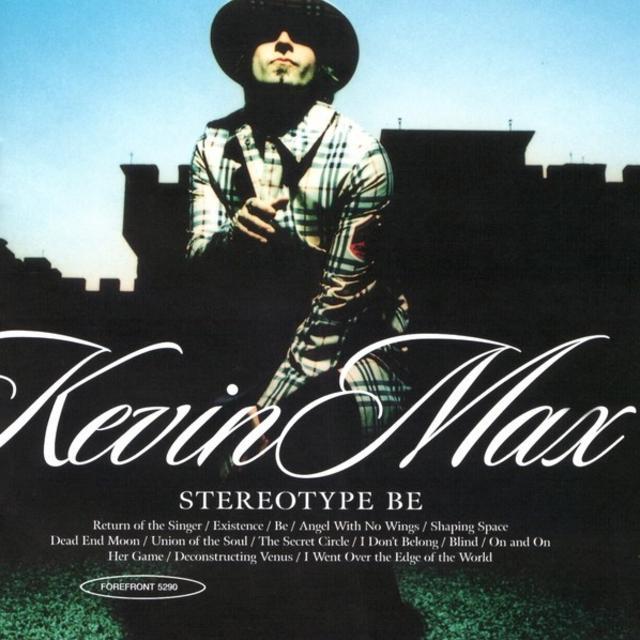
If you've been reading my Album Of The Day posts for a while, you may have picked up that I'm a fan of the bit offbeat, artsy music along with some of the normal standards. So when Christian pop/rock/rap band DC Talk broke up, it's not too surprising that my favorite release was from Kevin Max, the member with the crazy harmonies and the poems. Max's first solo album, co-produced with Adrian Belew (King Crimson), is definitely an artsy rock record. Kevin Max's powerhouse vocals take center stage along with lots of musical sounds including some Middle Eastern styles and other world music. With songs like "Be" and "I Don't Belong", it's an album about individuality and universal themes more than the spirituality that was front and center in DC Talk. It's still a great listen and one of my favorite albums from Toby, Mike and Kevin in the last 25 years.
Release Year: 2001
Listen on Apple Music
Listen on Spotify
Album Of The Day: Songs by Rich Mullins
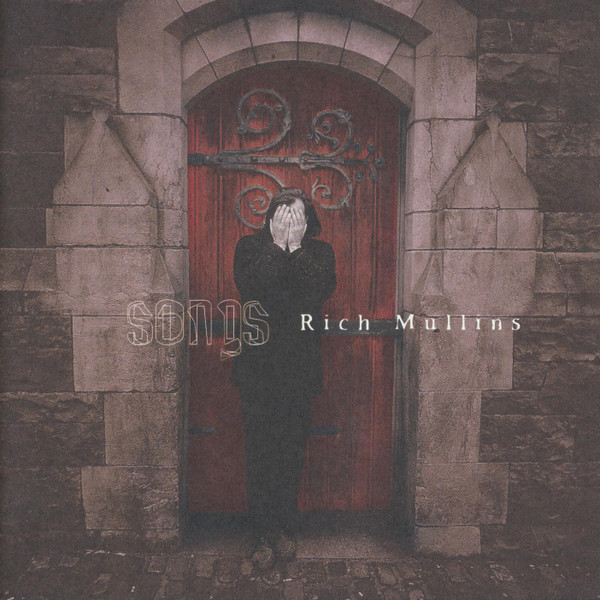
Throughout the '80s and '90s, Rich Mullins was writing the best songs in Christian music, first for Amy Grant and then for his own albums. After 8 studio albums in 10 years and just over a year before he would pass away in a tragic car accident, Rich Mullins and his label released this best-of compilation. It is some of the best of the previous albums, including the songs that became modern worship choruses, "Awesome God" and "Sometimes By Step", plus other favorites like "Calling Out Your Name", "Creed" and "Hold Me Jesus". Included is a re-recording of his first album hit, "Elijah", and a new song, "We Are Not As Strong As We Think We Are". And I love Rich's version of "Sing Your Praise To The Lord", originally recorded by Amy Grant, with its extended instrumental intro as the opening song. I definitely love to listen to his entire discography despite all it's '80s production cheese, but this is some of his best and at least the most popular all on one album.
Release Year: 1996
Listen on Apple Music
Listen on Spotify